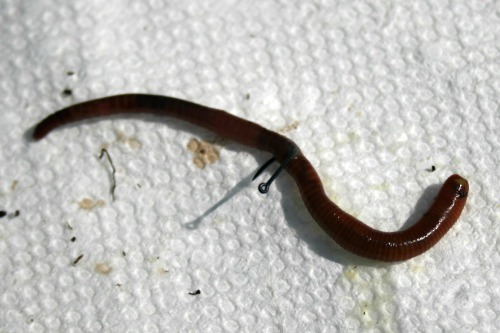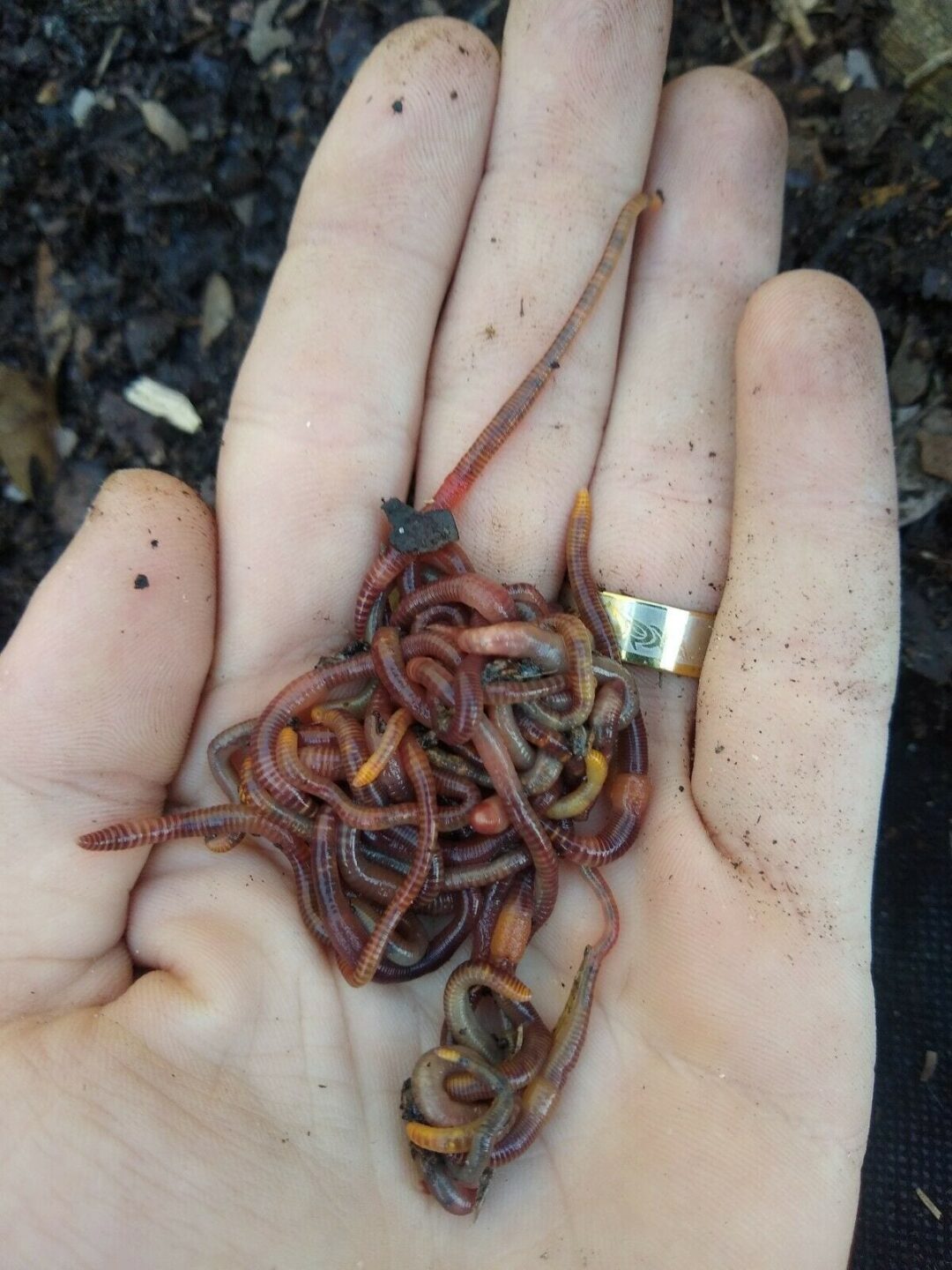Why Choose Red Wiggler Express for Reliable and Convenient Fishing Bait?
Wiki Article
Discover the Benefits of Red Wigglers: Nature's Finest Dirt Enrichers
These organisms not only stand out in damaging down natural waste yet additionally significantly enhance soil quality, producing a prospering ecological community helpful to plant development. The inquiry continues to be: just how can we effectively incorporate these dirt enrichers right into our horticulture regimens to optimize their capacity?What Are Red Wigglers?
What exactly are red wigglers? Red wigglers, scientifically recognized as Eisenia fetida, are a varieties of earthworm renowned for their function in vermicomposting.Red wigglers possess a high reproductive rate, allowing populaces to expand swiftly in ideal conditions. They eat natural matter, including kitchen scraps and backyard waste, breaking it down right into nutrient-rich spreadings that enhance dirt fertility. Unlike various other earthworm species, red wigglers prefer a cooler setting and can endure high raw material material, that makes them suitable for composting systems.
These worms are typically used in home yards, industrial agriculture, and waste monitoring systems because of their efficiency in reusing nutrients and improving dirt framework - Lake Hickory Bait. Their existence in a garden compost bin indicates a healthy and balanced ecosystem, as they aid balance moisture degrees and freshen the substrate. Recognizing the biology and actions of red wigglers is essential for optimizing their advantages in lasting agriculture and gardening practices
Advantages of Vermicomposting
Vermicomposting, the process of making use of red wigglers to break down natural waste, provides countless advantages for both home garden enthusiasts and large-scale farming procedures. One of the main advantages is the effective recycling of natural products, which minimizes land fill waste and contributes to a much more lasting setting. By transforming kitchen scraps and lawn waste right into nutrient-rich compost, vermicomposting promotes a round economy within homes and areas.Red wigglers secrete a material known as worm castings, which is rich in useful bacteria. The existence of red wigglers in compost systems assists control wetness levels and enhances aeration, creating a healthier environment for decomposition.
The procedure is additionally reasonably reduced maintenance, making it easily accessible for individuals with limited gardening experience. By making use of vermicomposting, customers can grow a lasting method that not only enriches their yards yet additionally promotes a deeper connection with environmental stewardship. Overall, the advantages of vermicomposting prolong beyond mere waste decrease, adding to much healthier ecological communities and boosted farming practices.

Enhancing Dirt Quality
Enhancing dirt quality through the incorporation of red wigglers considerably benefits both home yards and farming landscapes. These earthworms play a crucial role in the dirt ecological community by damaging down raw material and helping with the decomposition process. As they eat natural waste, they create nutrient-rich castings that act as an all-natural fertilizer, enhancing the soil's nutrient content and structure.
(Red Wiggler Express)In addition, red wigglers boost the dirt's capability to maintain moisture, reducing the need for constant watering and making certain that plants get a constant supply of hydration. This moisture retention is particularly valuable in drought-prone locations, producing a more resistant yard or agricultural setup. On the whole, integrating red wigglers into soil management techniques causes enriched soil that sustains sustainable horticulture and farming initiatives.
Improving Plant Growth
The visibility of red wigglers in soil considerably boosts plant development, serving as all-natural drivers for healthier plant life. These earthworms boost the soil framework, promoting far better aeration and water drainage. Lake Hickory Bait. As they tunnel through the soil, they create networks that facilitate origin penetration, permitting plants to access crucial nutrients and water a lot more effectivelyFurthermore, red wigglers add to the nutrition cycle by damaging down raw material into nutrient-rich castings. These spreadings are rich in nitrogen, phosphorus, and potassium, the main nutrients necessary for plant health and wellness. Their slow-release nature ensures that plants can take in these nutrients with time, decreasing the threat of nutrient leaching and providing sustained support for growth.

Just How to Make Use Of Red Wigglers
Although many garden enthusiasts might be not aware, incorporating red wigglers right into their horticulture techniques can significantly enhance dirt fertility and structure. These earthworms, known medically as Eisenia fetida, grow in garden compost and natural matter, making them optimal for vermicomposting systems. To begin using red wigglers, establish a vermicomposting container that is well-ventilated and has a bed linens product such as shredded newspaper, cardboard, or coconut coir.Add kitchen scraps like veggie peels, coffee premises, and crushed eggshells to offer a balanced diet for the worms. Prevent adding meat, dairy products, and oily foods, as these can bring in bugs. Consistently check wetness levels; the bedding needs to stay damp yet not soaked.
As the worms take in the organic waste, they create nutrient-rich spreadings that can be gathered and mixed into yard soil or made use of as a fertilizer. A basic standard is to utilize one component worm castings to 3 components soil for ideal results. Furthermore, red wigglers can be presented straight right into garden beds to promote natural aeration and boost microbial activity, consequently advertising healthier plant growth and boosted soil high quality.
Verdict
In conclusion, the integration of red wigglers into composting practices provides considerable advantages for soil enrichment and plant health. Their efficient decomposition of organic matter enhances dirt framework, wetness retention, and microbial activity.Report this wiki page